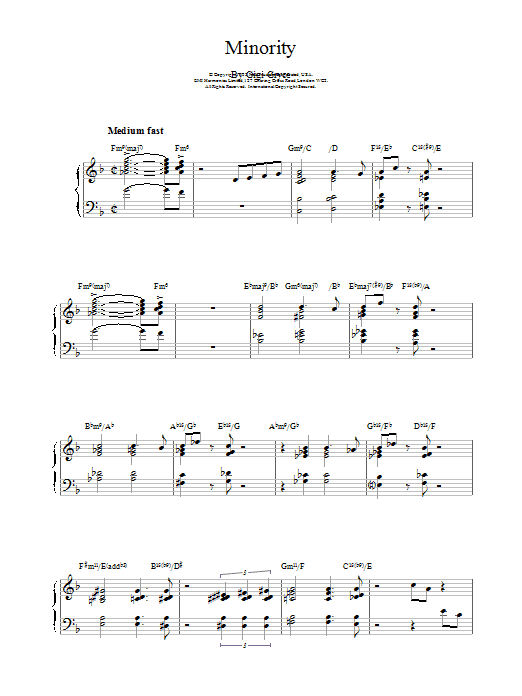
It’s only an F7sus4 chord, so you can start improvising in 4ths without having to worry about changing chords at all. See how the melody during the ‘A’ Sections is constructed in 4ths? This is a big part of Tyner’s improvising vocabulary as well.

Then, start learning “Passion Dance” from the leadsheet in The Real Book.

Do this in order to get the “sound” of his playing in your ears. Listen to it about 100 times, and listen to the other tracks on the album as well. So begin by listening to Tyner’s recording, from his album The Real McCoy (see link above). (He didn’t play like Bud Powell, did he?) But then the 2nd step, which so few pianists take, is to let that go and play it like “yourself.” Why should you do this? Simple: it’s what all the great jazz pianists have done, including Tyner. In my experience, there are 2 necessary steps to learning a tune like “Passion Dance.” Since the tune so identifiably “McCoy,” you’ll need to begin by playing it like Tyner himself did. Musical ideas and jazz piano practice tips: (for international readers who may not have access to these YouTube links, I’ve indicated the original album names wherever possible so you can listen to them on music streaming services, etc.) “Passion Dance” is the first track on his most famous recording as a leader, 1967’s “The Real McCoy.” Learning the melody is a good introduction to Tyner’s distinctive melodic style, which carried over into his improvisations. His use of quartal voicings and pentatonic scales influenced an entire generation of jazz musicians. Tyner forged a highly distinctive style during his time in John Coltrane’s famous 1960s quartet.

“Passion Dance” is probably pianist McCoy Tyner’s most widely-played composition. A Guide To Help You Play Better Jazz Piano


 0 kommentar(er)
0 kommentar(er)
